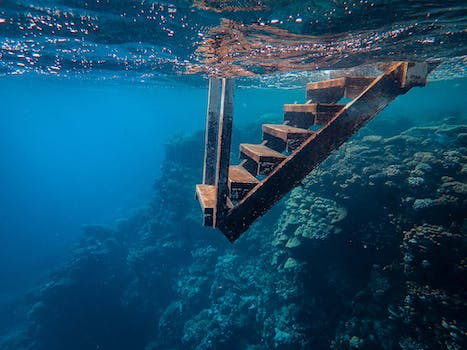Sailing is a popular activity that is enjoyed by many people around the world. It is a great way to explore remote islands and enjoy activities such as snorkeling and scuba diving. Sailing can also be a luxurious vacation with overwater bungalows and stunning views. However, there is more to sailing than just the fun and relaxation it offers. In this article, we explore the science behind sailing and how it works.
How Sailing Works
Sailing involves using the wind to power a boat. The sail of a boat is designed to capture the wind and use it to move the boat forward. The sail is attached to a mast, which is a vertical pole that holds the sail up. The boom is a horizontal pole that holds the bottom of the sail.
The sail is shaped like an airfoil, which means that it is designed to generate lift. When the wind hits the sail, it creates a difference in air pressure on either side of the sail. This causes the sail to generate lift, which is what moves the boat forward.
The Physics of Sailing
The physics of sailing is based on Bernoulli’s principle, which states that as the speed of a fluid increases, its pressure decreases. In the case of sailing, the fluid is air and the sail is the object that is moving through it. As the wind moves over the curved surface of the sail, it creates an area of low pressure on the windward side of the sail and an area of high pressure on the leeward side of the sail.
This difference in pressure creates a force that is perpendicular to the sail, which is called the lift force. The lift force is what allows the boat to move forward. The direction of the lift force is perpendicular to the sail, which means that it is at an angle to the direction of the wind. This is why a sailboat can sail into the wind.
The Importance of Wind Direction
The direction of the wind is crucial to sailing. The sailor needs to be able to position the sail in such a way that it captures the wind and generates lift. If the sail is positioned incorrectly, it will not generate lift and the boat will not move forward. The sailor also needs to be aware of the wind direction because it can change suddenly and affect the sail’s performance.
The sailor can use instruments such as a wind vane and an anemometer to measure wind direction and speed. They can also use their senses to feel the wind on their face and observe the movement of the water to determine wind direction.
Conclusion
Sailing is not just a fun and relaxing activity, it is also a fascinating scientific phenomenon. The physics of sailing is based on Bernoulli’s principle and the lift force generated by the sail. The direction of the wind is crucial to sailing and sailors need to be aware of wind direction and speed to position their sails correctly. Whether you are exploring remote islands or enjoying a luxurious vacation, understanding the science behind sailing can enhance your experience.





